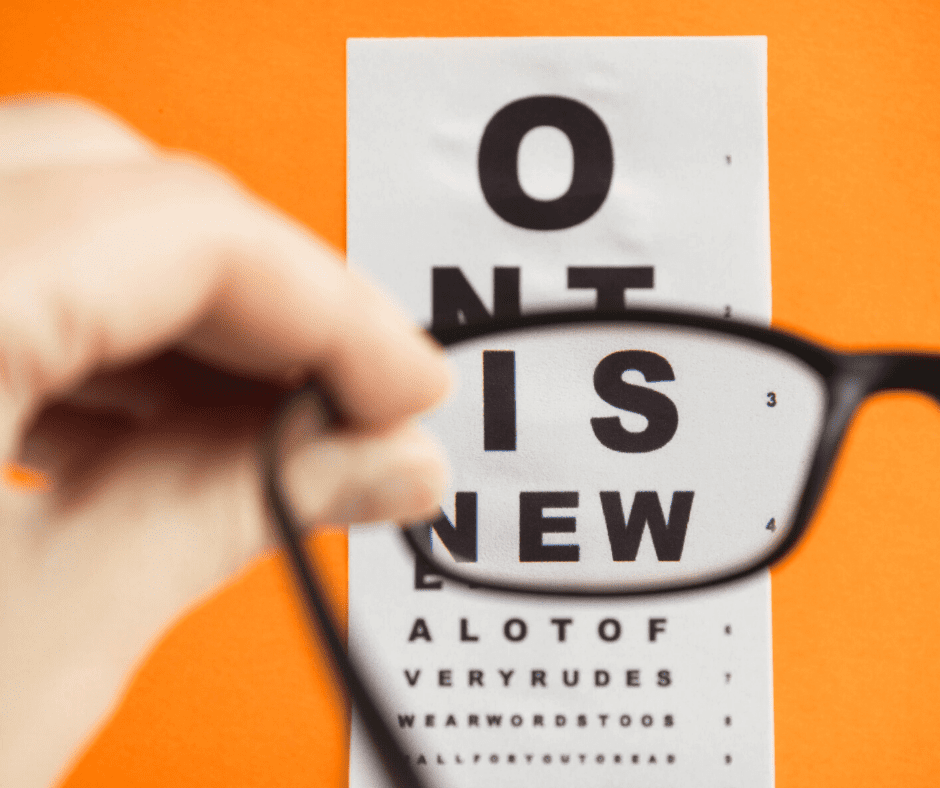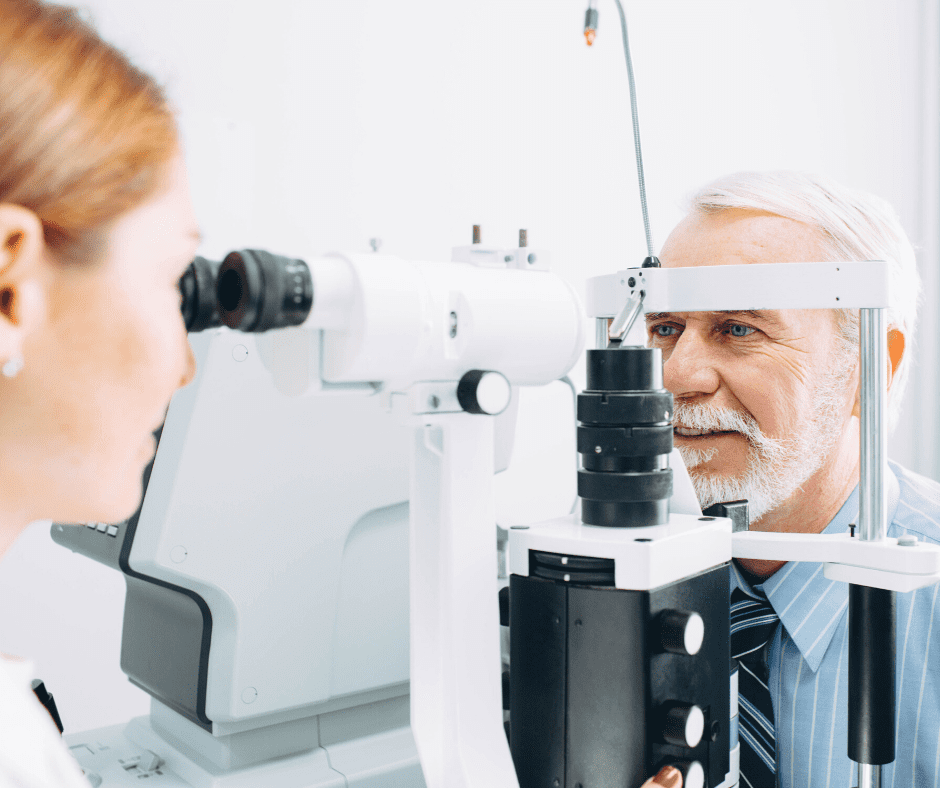January is National Glaucoma Awareness Month
National Glaucoma Awareness Month provides a perfect opportunity to learn more about glaucoma, a leading cause of vision loss that affects more than 3 million people in the United States.
The Sneak Theft of Sight
Glaucoma often is called “the sneak thief of sight” for good reason: Many people are unaware that glaucoma has few symptoms or warning signs in its early stages. Early treatment for glaucoma can usually (but not always) slow the progression of the disease. However, as of yet, there is no cure for glaucoma.
What is Glaucoma?
Glaucoma is a group of eye diseases that gradually steal sight without warning. Although the most common forms primarily affect the middle-aged and the elderly, glaucoma can affect people of all ages.
Vision loss is caused by damage to the optic nerve. This nerve acts like an electric cable with over a million wires. It is responsible for carrying images from the eye to the brain.
There is no cure for glaucoma yet. However, medication or surgery can slow or prevent further vision loss. The appropriate treatment depends upon the type of glaucoma among other factors. Early detection is vital to stopping the progress of the disease.
Types of Glaucoma
Primary Open Angle Glaucoma
This is the most common type of Glaucoma.
In POAG, the eye’s drainage canals become blocked, and the fluid accumulation causes pressure to build within the eye. This pressure can cause damage to the optic nerve, which transmits information from the eye to the brain.
Vision loss is with this type of glaucoma is usually gradual, and often there are no early warning signs. There is a strong genetic predisposition for this type of glaucoma.
Angle Closure Glaucoma
This is much less common than POAG in the United States.
In this type of glaucoma, the aqueous cannot drain properly because the entrance to the drainage canal is either too narrow or is closed completely. In this case, eye pressure can rise very quickly and can be triggered by pupil dilation.
Symptoms can include sudden eye pain, nausea, headaches, and blurred vision. If you experience these symptoms, you should seek immediate medical treatment.
Normal Tension Glaucoma
In this type of glaucoma, also called low-pressure glaucoma, there is damage to the optic nerve, even though the eye pressure is not elevated excessively. A family history of any type of glaucoma, cardiovascular disease, and Japanese ancestry are a few of the risk factors for this type of glaucoma.
This type of glaucoma is treated much like POAG, but the eye pressure needs to be kept even lower to prevent progression of vision loss.
Secondary Glaucomas
Secondary glaucomas are those that develop as secondary to, or as complications of, other conditions, including eye trauma, cataracts, diabetes, eye surgery, or tumors.
How is Glaucoma Detected?
Because Glaucoma can develop without noticeable symptoms, it’s very important to schedule regular comprehensive eye exams, which should include the following:





